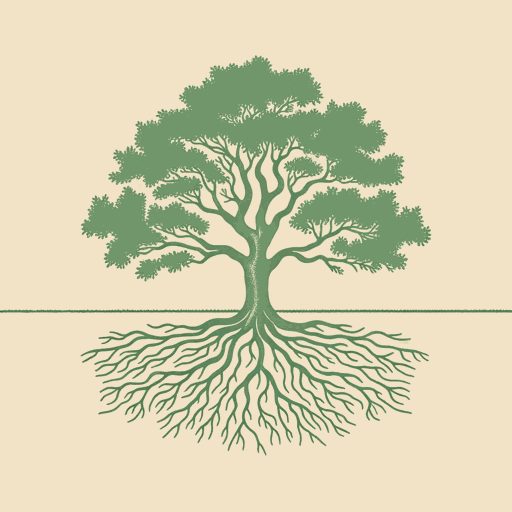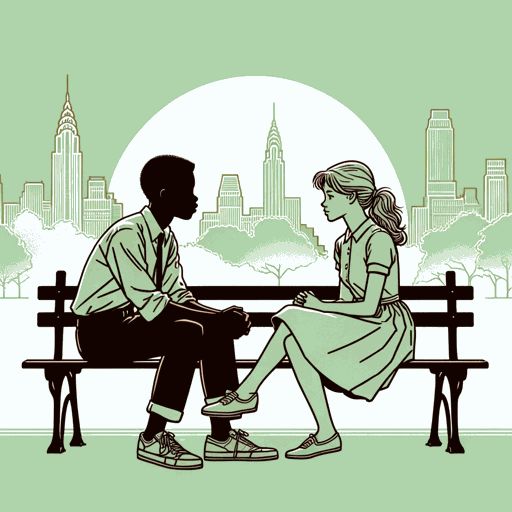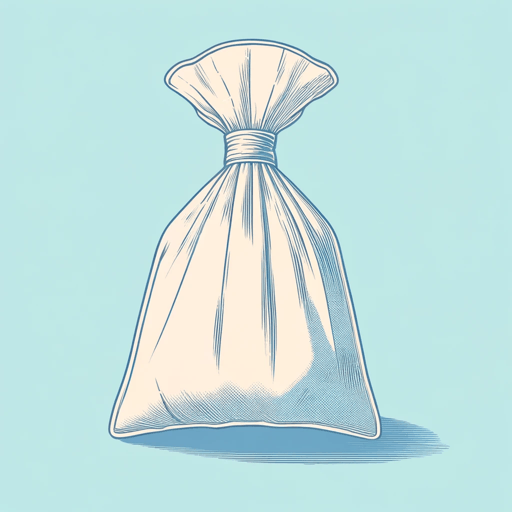47 pages • 1 hour read
Jacqueline WoodsonAfter Tupac and D Foster
Fiction | Novel | Middle Grade | Published in 2008A modern alternative to SparkNotes and CliffsNotes, SuperSummary offers high-quality Study Guides with detailed chapter summaries and analysis of major themes, characters, and more.
Summary and Study Guide
Overview
After Tupac and D Foster, published in 2008, is Jacqueline Woodson’s fifth middle grade novel and her 24th book overall. It is a coming-of-age story of three African American girls who are best friends growing up in Queens, NY, in the 1990s. During this time, the cultural icon Tupac Shakur is shot, imprisoned, and ultimately killed in a second shooting. These events have a huge impact on the main characters as they grow up and become aware of the world around them. They learn about friendship and family and are forging their identities and paths for the future. The novel won many awards, including the Newbery Medal, the American Library Association Award, and the Josette Frank award.
This study guide refers to the 2008 G.P. Putnam’s Sons edition of the book.
Content Warning: The novel and this study guide contain discussions of race, racism, racial identity, anti-gay bias, gun violence and fatalities, wrongful conviction/imprisonment, and the foster system.
Plot Summary
The narrator, who remains unnamed, and her friends, Neeka and D, are on the cusp of adolescence when the book opens in Queens, New York, in 1995. The rapper Tupac Shakur looms large as a cultural icon, particularly for African American teens. One night, the three girls are watching music videos and talking at the narrator’s house. D tells them that she deeply relates to Tupac, but the other girls don’t understand how or why. They have had a comparatively sheltered life and are a little jealous of the freedom and experiences that D has had as a child in foster care. Neeka is particularly eager to shake off her mother’s protectiveness in exchange for some excitement, but D knows how lucky Neeka is that she has the security of a family.
The three girls spend a lot of time jump roping Double Dutch, listening to music, and talking. D talks about how someday they will all find their “Big Purpose” in life. The narrator reveals that she has a crush on Neeka’s older brother, Jayjones, but she believes that he likes D instead and sometimes feels jealous of D.
During the year that the girls turn 12, Tupac Shakur is convicted of sexual assault and sent to prison. The narrator, along with everyone in her community, follows his trial anxiously.
While the trial is still ongoing, Tupac is shot five times during a robbery. Now, the narrator and her friends are worried that he will die, notwithstanding that he may also be sent to prison. Eventually, he does heal and is sentenced to prison. The narrator’s community also deals with similar situations closer to home: Neeka’s brother Tash is in jail, and Jayjones has had conflicts with the police. To Neeka and her neighbors, Tupac’s entanglement with the justice system represents how their own loved ones are in danger of being misjudged and mistreated.
After Tupac goes to prison, it seems like more and more young Black men are getting arrested around the narrator’s neighborhood, and everyone is concerned about their brothers, sons, and friends being the next to go. The narrator recognizes that she was still so young at this time and couldn’t have understood what was happening.
That winter, D takes Neeka and the narrator out one night to “roam” the city as she so often does by herself. The narrator experiences a special sensation of two parts of her coming together to make a whole person. D showing them this part of her world is an important moment for both girls as they become teenagers.
The year that the girls turn 13, they see more and more men and boys from their neighborhood get arrested and sent to prison. Tupac is a symbol of the unfair treatment of Black males in America—profiled because of their appearance or the impression they make and incarcerated at a disproportionate rate. Tupac is released from prison that spring. The narrator accompanies Neeka and her family to visit her brother Tash in prison, and he warns his brothers to be careful so that they don’t end up there, too.
The narrator explains that Tash is innocent—he is in jail because he got involved with someone who assaulted Tash’s piano teacher, claiming that Tash was involved, too, so they were both sent to jail. When Tash’s piano teacher recovers enough to remember the night of the assault more clearly, he clears Tash’s name and Tash is released.
Meanwhile, D learns that her mother wants to come back and get her. She’s lived with her foster mother for three years and has become close to the narrator and Neeka, so she is a little anxious about the idea of leaving with her mom. D disappears for a few weeks, then comes back to tell her friends that she had been spending time with her mother and was now going to live with her in the mountains in upstate New York. D introduces them to her mom and the girl’s find out that not only is her mom white, but D Foster’s real name is actually Desiree Johnson. They feel a little shocked that they are just learning these things about D right as she is leaving them. They promise that they will always be part of each other and tearfully part ways.
Weeks go by and the girls do not hear from D. Neeka and the narrator begin another year at school when they learn that Tupac has been shot again. They anxiously wait for more news. D finally calls the narrator and tells her that she doesn’t think Tupac is going to make it this time. She is right—Tupac passes away that September. The narrator and Neeka are devastated, and they know that wherever she is, D is devastated, too.
The narrator and Neeka never see D again, but the narrator, now an adult, remembers those two years—the last two years of Tupac Shakur’s life that she and Neeka spent with D—as the most formative in her life. She hopes that somewhere, D has found her Big Purpose.
Related Titles
By Jacqueline Woodson

Another Brooklyn
Jacqueline Woodson

Before the Ever After
Jacqueline Woodson

Brown Girl Dreaming
Jacqueline Woodson

Harbor Me
Jacqueline Woodson

Hush
Jacqueline Woodson

If You Come Softly
Jacqueline Woodson

Locomotion
Jacqueline Woodson

Miracle's Boys
Jacqueline Woodson

Red at the Bone
Jacqueline Woodson

The House You Pass on the Way
Jacqueline Woodson
.webp&w=3840&q=75)
